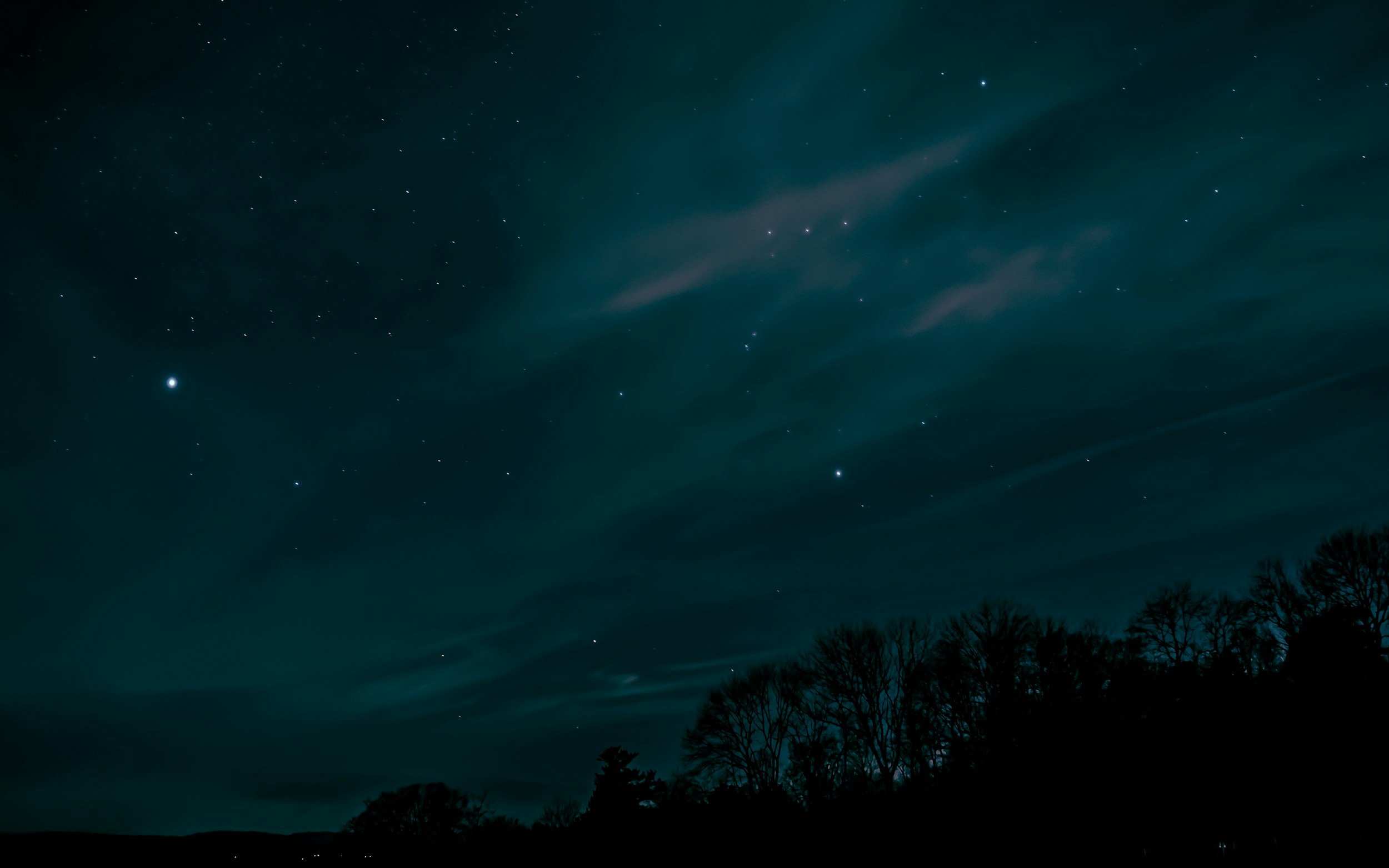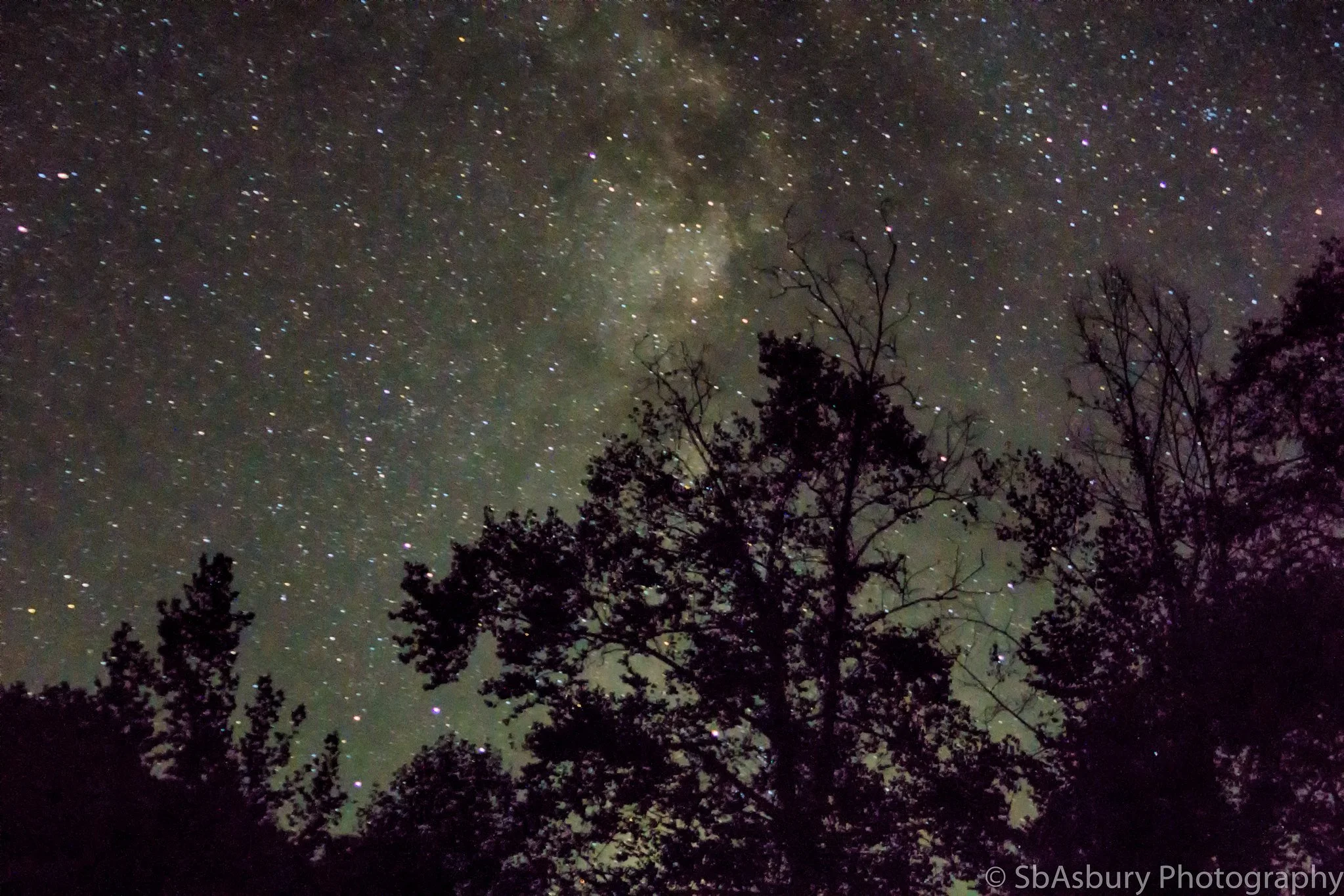
STARGAZING AT THE LODGE
The stars at the lodge are amazing. We encourage guests to plan their trips around night sky events such as comets, eclipses and meteor showers when possible. Make sure to make time for stargazing during your visit.
The best time to view any type of constellation in the sky, is during a clear night, away from city lights, and preferably when the Moon is in a new phase because there is less moonlight to interfere with visibility.
Below we’ll share some constellations you might be able to find during a clear night at the lodge!
Circumpolar Constellations (Visible All Year)
Ursa Major (The Great Bear), which includes the Big Dipper.
Ursa Minor (The Little Bear), which contains Polaris, the North Star.
Cassiopeia (The Queen), identifiable by its “W” or “M” shape.
Cepheus (The King), shaped like a house.
Draco (The Dragon).
Seasonal Constellations (Visible in July)
The Summer Triangle: This prominent asterism is formed by three bright stars from different constellations:
Vega in Lyra (The Lyre).
Deneb in Cygnus (The Swan).
Altair in Aquila (The Eagle).
Aquila (The Eagle): You can find Altair, its brightest star and part of the Summer Triangle, according to NASA Science.
Cygnus (The Swan): Also known as the Northern Cross.
Hercules (The Strongman): Look for the "Keystone" asterism within Hercules.
Scorpius (The Scorpion) and Sagittarius (The Archer): Located in the southern sky. The center of the Milky Way is in this direction.
Corona Borealis (The Northern Crown).
Bootes (The Herdsman).
Libra (The Scales) and Virgo (The Maiden).
Ophiuchus (The Serpent Bearer).
Tips for finding constellations:
Summer Triangle: This is a good starting point as its bright stars are easy to spot.
Northern Cross: Use the Summer Triangle to locate this asterism within Cygnus.
Aquila: Once you find Altair, you can trace out the eagle's shape.
Scorpius and Sagittarius: Look in the southern sky.
Hercules: Find the trapezoid shape of the Keystone.


